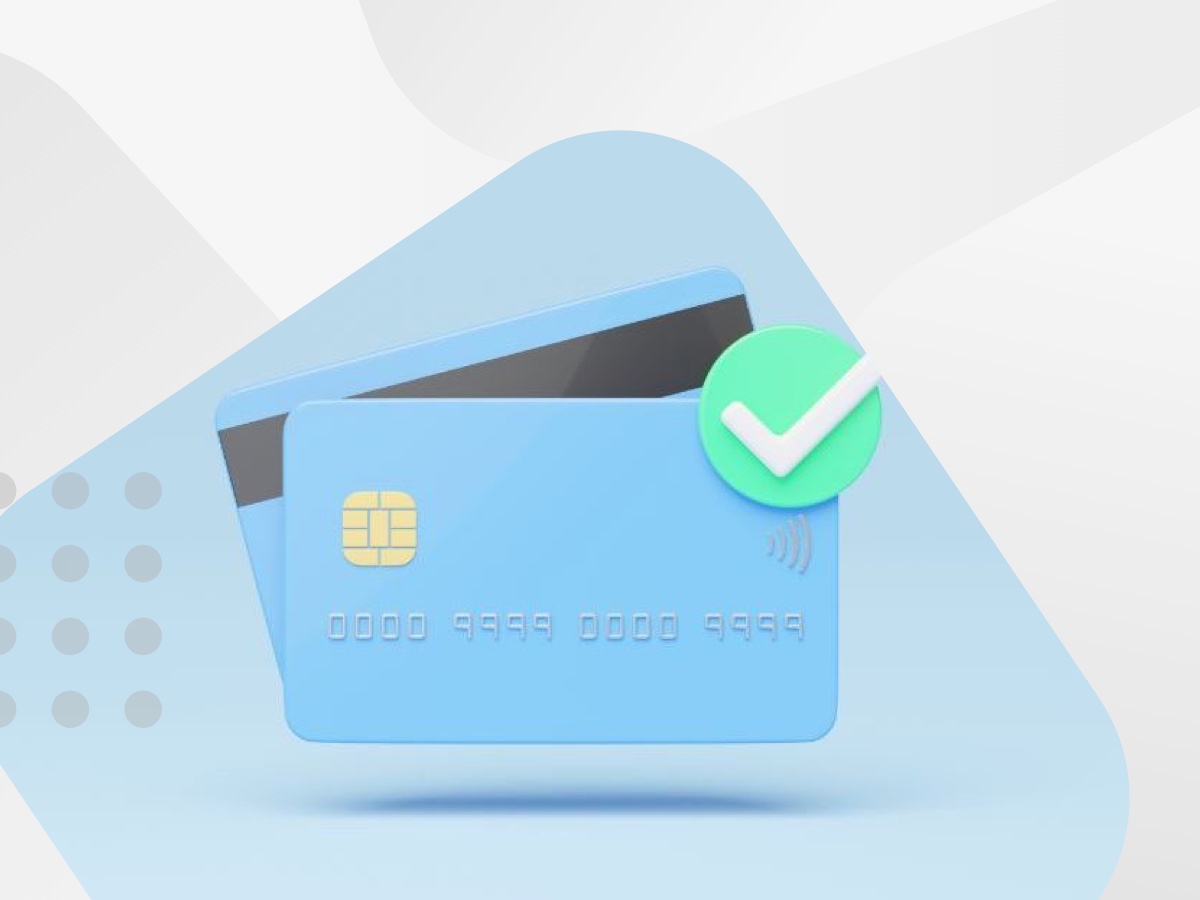
What is a UBO of a company?
Ultimate Beneficial Ownership (UBO) describes the controlling beneficiaries – individuals, companies, or groups – that ultimately collect profit when a business conducts a transaction.
The ultimate beneficial owner/s may either: own a significant stake in shareholdings or voting rights (directly or indirectly through proxies) or control a company’s decision-making and management process. Because criminal enterprises often obscure their ultimate beneficial ownership, some businesses are legally required to check and verify customer information.
What does Ultimate Beneficial Ownership mean?
So, what is a beneficial owner? In lay terms, Ultimate Beneficial Ownership describes those that gain the most from business operations. As you follow the money up the chain of ownership, these beneficiaries collect the lion’s share of the profit (should the business be profitable).
According to the Australian Transaction Reports and Analysis Centre (AUSTRAC), when discussing UBO meaning, an ‘ultimate beneficial owner’ can be determined in one of two ways.
- An entity owns over 25% of a company’s shareholdings or voting rights. Direct ownership implies the entity owns the holdings on its ledger, whereas indirect ownership suggests that other companies, banks or brokers are involved in the ownership chain. If an entity owns over 25% via multiple companies or holders: they are still considered the ultimate beneficial owner. Similarly, if they control the voting of other shareholders, then this may qualify an entity as an ‘ultimate beneficial owner’.
- An entity controls the management and decision-making process for a company. Even if they do not officially own shareholdings in a company (directly or indirectly), an entity may still exercise significant control over company processes utilising trustees, board members, agreements, arrangements, internal policies, or other mechanisms.
How are Ultimate Beneficial Owners identified?
Businesses must take precautions to assess the ownership structure of current or prospective clients and verify any information provided. It may be challenging to determine the ultimate beneficiaries of business activity for some organisations, as many parties take steps to conceal business ownership in complex structures. Criminal enterprises often conduct business this way to obscure beneficially held company holdings.
Key to ensuring compliance with regulations is understanding the AML meaning and the CTF meaning. AML stands for Anti Money Laundering and CTF stands for Counter-Terrorism Financing. Identifying ultimate beneficial owners is vital to AML and CTF efforts by authorities.
AUSTRAC has recommended some general steps Australian businesses should take to standardise the process for determining ultimate beneficial owners, also known as Know Your Customer (KYC) procedures.
- Assess the risk of money laundering/terrorism financing relating to each client.
- Determine the ultimate beneficial owners for all clients, following the chain of ownership to discover if an entity may be concealing the extent of its holdings, beneficial interest, beneficial title or control.
- Collect verifiable information to confirm the identification of the beneficial owner of a company and cross-check public records, utilising tools such as the credit reporting suite from CreditorWatch.
- Keep records to comply with any AML/CTF regulations relating to your business and to reference them later in case of a dispute.
- Document how you will fulfil your obligations. All processes and procedures relating to KYC compliance must be documented by staff – describing exactly how the business determines beneficial ownership and client risk.
What are the laws and regulations around UBOs in Australia?
The laws and regulations concerning beneficial ownership are in the Anti-Money Laundering and Counter-Terrorism Financing Act 2006, with more information available on the ultimate meaning from AUSTRAC.
Each company should have a more specific AML/CTF program that relates directly to the nature of its transactions and the clients it deals with. In particular, ‘designated service’ providers, such as many financial service providers, digital currency exchanges and gambling services, must comply with KYC requirements. There is greater risk associated with beneficial owners when dealing with an entity related to a Politically Exposed Person (PEP) or one with links to high-risk countries, regions or groups. Please note that Ultimate Beneficial Ownership is unrelated to UBO Capital login issues.
For more information, refer to the following resources:
- AML/CTF Act http://www.austrac.gov.au/businesses/legislation/amlctf-act
- AML/CTF Rules http://www.austrac.gov.au/businesses/legislation/registered-amlctf-rules
- AUSTRAC compliance guide http://www.austrac.gov.au/businesses/obligations-and-compliance/austrac-compliance-guide
- www.austrac.gov.au
- AUSTRAC Information Service Centre, phone 1300 021 037
Identify Beneficial Owners with CreditorWatch Ultimate Beneficiary Ownership (UBO) Reports.
While identifying beneficial owners of non-individual entities may appear complex and daunting, CreditorWatch customers can order a UBO report within a company profile with a click of a button. We analyse ASIC reports to calculate ownership percentages and present the identified beneficial owners in a simple, easy to read PDF report. This report can then be used to record and demonstrate steps taken to adhere to your AML/CTF Program.
This report increases efficiency, keeps you organised, reduces costs and saves time. It’s a simple way to comply with regulations and provides easy reference. Get in touch with our team today to learn more.

Get started with CreditorWatch today
Take your credit management to the next level with a 14-day free trial.

